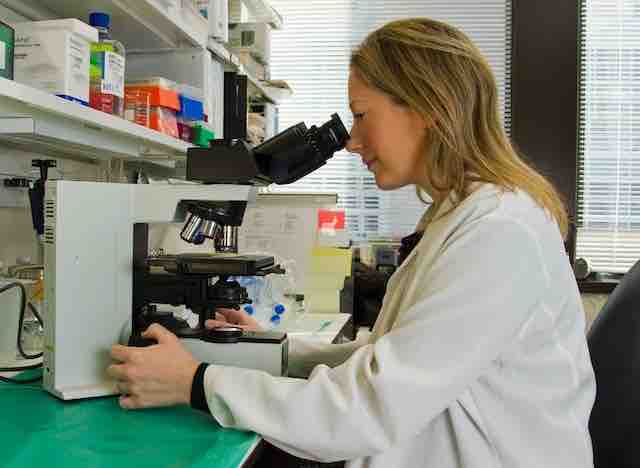When it comes to the health and safety of our youngest, there are few topics more vital than Sudden Infant Death Syndrome (SIDS). Despite decades of research, the causes of SIDS remain enigmatic and tragically pervasive, stoking fears and uncertainties in the hearts of parents worldwide. Today, we find ourselves on the precipice of a breakthrough, as scientists believe they’ve stumbled upon a promising new clue that could illuminate this medical mystery.
SIDS: A Brief Overview
SIDS, the unexplained death usually during sleep of an apparently healthy baby less than a year old, is a significant cause of infant mortality. Although the exact cause remains unknown, several risk factors have been identified, including sleeping position, smoking near the baby, and a lack of breastfeeding. While guidelines for infant sleep safety have drastically reduced SIDS rates in recent decades, the core cause of the syndrome continues to elude us.
A Promising Discovery
In a groundbreaking research study, scientists have discovered a promising new clue that may shed light on the elusive cause of SIDS. This breakthrough revolves around an abnormality found in the brain stem, a region responsible for controlling heart rate, breathing, and sleeping patterns. The study suggests that infants who succumb to SIDS may have a deficiency in the neurotransmitter serotonin, leading to impaired functioning of these vital systems during sleep.
While the results are still preliminary, this new clue provides a promising path for further research. If confirmed, it could lead to the development of novel interventions and therapies to prevent SIDS, marking a significant leap in our understanding and management of this devastating syndrome.
The Future of SIDS Research
While we are undoubtedly on a promising path, it’s essential to remember that research is a lengthy process and often one step forward can mean two steps back. This recent finding doesn’t necessarily spell the end of SIDS but rather, it opens up a new front in the fight against it.
As we eagerly anticipate more definitive findings on this new clue, it is important to continue adhering to established infant sleep safety guidelines. This includes practices such as placing babies on their backs to sleep, keeping the crib free of loose bedding and soft toys, and maintaining a smoke-free environment.
Conclusion
The discovery of this promising new clue in the cause of SIDS marks a significant step forward in the scientific community’s collective effort to demystify and ultimately eradicate this tragic syndrome. While the mystery of SIDS remains unsolved, every bit of progress brings us closer to a world where the safety of our infants during sleep is never in question. As the research community forges ahead in its pursuit of answers, we remain hopeful for a future where SIDS is a thing of the past.












